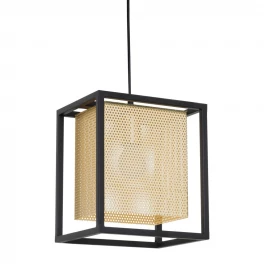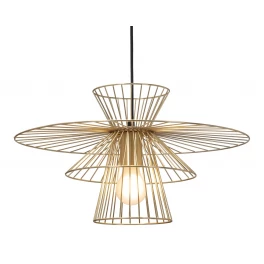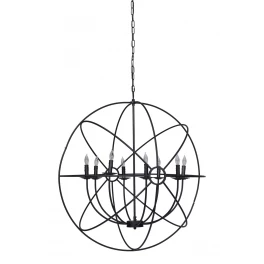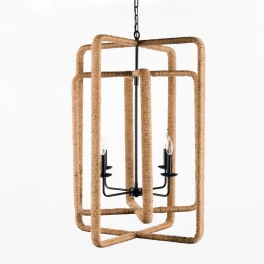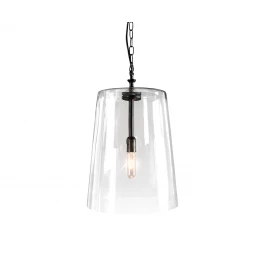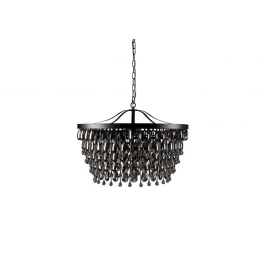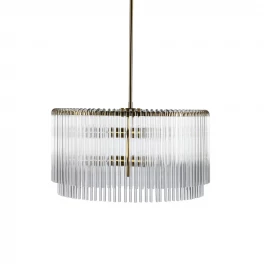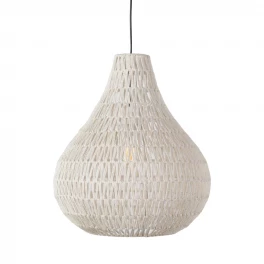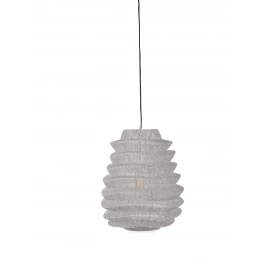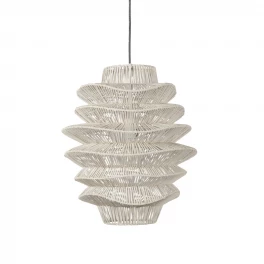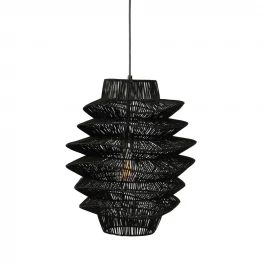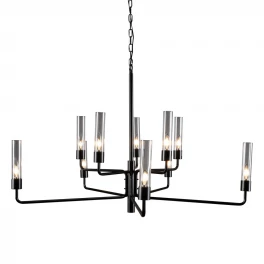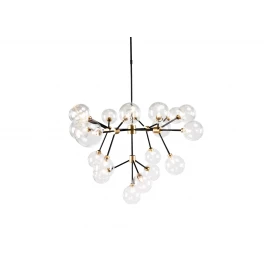What’s the fix when an electrical outlet doesn’t work? Do you have to find an electrician or can you handle it yourself? Answering these questions depends on the cause of the problem. Often, an apparent electrical outlet failure can be fixed by a DIYer if it has one of four basic causes and if strict safety protocols are followed. Here are some in-depth guidelines for figuring out why an electrical outlet stopped working and how to get it working again.
Please note before reading the guidelines: if you have any doubts whatsoever about your ability to do any of the steps below, contact an electrician. One of the most important things an electrician wishes you knew is that messing up an electrical repair can have catastrophic consequences.
Step 1: Be Sure It’s Really the Outlet’s Fault
The easiest and most important step for handling an apparently dead outlet is confirming that it actually is the outlet that isn’t working. Just because a light or appliance stopped working doesn’t mean the outlet is the problem.
This may seem like a no-brainer step, but it’s more common than you’d think to jump to the conclusion of a faulty outlet when in fact the problem is what is plugged in. So the first thing to do is to unplug the nonfunctioning light or appliance and plug in something you know works. I usually use my hairdryer for this purpose because it’s portable.
If when you plug in the new appliance, all is well, your problem obviously is not the outlet.
Step 2: Check the Power Source
If the problem isn’t what’s plugged in, the next thing to do is check that you’re getting power to the outlet. If you’ve overloaded your outlet by plugging too many things into it, the breaker will trip to prevent an electrical overload, which can cause a fire. (So take note: Never, ever overload an outlet.) A breaker can also trip if too many things are plugged into one electrical zone. Each breaker will cover several outlets, and if you have too many things plugged into the outlets in that zone as a whole, a breaker will trip. If multiple electrical outlets aren’t working, this could be your problem.
In older homes that have fuse boxes, the above issues can blow a fuse. Because fuse boxes are usually aging and have more potential complications than breaker boxes, it’s best if you call an electrician to handle a fuse box. Breaker boxes, however, you can check on your own. Most homes these days have breaker boxes.
When all breakers are functioning properly, unless your power is totally out (which should be obvious because you’ll have no electricity at all unless you’re using a generator), all of your breaker switches will be lined up in the “on” position.
If one of the breakers is “tripped,” it will either be slightly out of position or fully in the off position.
If a breaker is off, turn it back on.
If your breaker immediately flips back out of the “on” position when you turn it on, one of two things could be going on:
You have too many things plugged into the zone the breaker covers. To see if the problem is an overload of the zone, check to see which plugs and light switches are covered in the zone by looking around the area near the dead outlet. Lights will be obvious because with the breaker tripped, they won’t be on. With outlets, you’ll have to explore the ones near the one you know isn’t working. Unplug everything from nearby outlets and try resetting the breaker again. If it still won’t stay on, your problem is more severe.
If you’ve done the above and a tripped breaker won’t stay on when you reset it, you have a potentially dangerous situation in the wiring. Turn that breaker to the “off” position and contact an electrician.
If the breaker stayed on when you turned it back to the “on” position, go back and check your outlet again. If it’s working, you’re done.
Step 3: Check the GFCI Buttons
If resetting your breaker didn’t do the trick, the next potentially simple solution is resetting a GFCI. GFCI is an acronym for “ground fault circuit interrupter.” These are on those special outlets that have test and reset buttons.
GFCI outlets are usually placed in kitchens, bathrooms, and utility rooms … areas where shock hazards abound. GFCIs shut off power to an electrical zone when they sense a leak in the electrical current. Because a GFCI overload won’t trip a breaker, it’s easy to miss this as a cause for a dead outlet. Often, all outlets in a zone will be wired through one GFCI outlet, so if that one outlet is tripped, all the other outlets in the area will stop working.
I once spent $100 for an electrician to come to the house because all the outlets in my kitchen stopped working. He came in, looked around until he found the GFCI outlet, pushed the reset button, and voila, all the outlets worked again. I felt pretty dumb, and I was $100 poorer for the experience. Now I always reset my GFCI outlets before I call for help.
Resetting a GFCI is simple. First, push the test button on the outlet.
Now push the reset button.
If you press “test” on a GFCI outlet and the reset button doesn’t pop out or if the reset button trips off every time you press it, there could be a dangerous leak in the electrical circuit. Call your electrician.
If you push the reset buttons on an outlet near your dead outlet and the dead outlet works again, you’ve solved your problem.
Step 4: Replace Electrical Outlet
If you’ve gone through all the above steps and your outlet still doesn’t work, it’s time to learn how to replace an electrical outlet.
Although your outlet’s issue could potentially just be a loose wire connection, it’s not recommended that you just try to tighten connections. Because loose wires can damage the outlet, it’s best to replace the outlet instead of messing around with individual wires. (Thankfully, outlets are quite inexpensive; you can get one for a couple bucks.)
However, if when you get to #5 below, you find a burnt out wire in the outlet box, contact an electrician. Troubleshooting the cause of burnt out wires is well beyond the scope of this article and is beyond the skillset of a wise DIYer, and it’s not smart to just hope for the best and install a new outlet.
Also, if you discover you have aluminum wires (which are a matte gray instead of the usual muted orange of copper wires), call an electrician. Aluminum wiring is dangerous, and you need a professional to handle it.
But let’s proceed as if you have no burnt out wires and no aluminum wires, and you’re going to replace the outlet.
First, gather your supplies. In addition to a new outlet, you’ll need:
- A flashlight or headlamp
- Phillips and flathead screwdrivers or a combination screwdriver
- Needle nose pliers
- Safety glasses
- A voltage tester (This isn’t absolutely necessary, but it is the safest way to test a plug for an electrical current)
You may also need:
- A wire cutter (Depending on the configuration of the outlet you’re replacing and the new one, it could be helpful to have a wire cutter.)
- A wire stripper (If you need to strip the casing off wires, the safest way to do this is with a stripper designed for that job.)
Turn off all the power in your home by switching off your main circuit breaker at the breaker box from Step 2. (Be sure you turn off all computers, and let everyone know you’re going to be turning off the power before you do this.)
Using a flathead screwdriver, unscrew the outlet cover and set it aside.
Using a Phillips screwdriver, unscrew the two screws holding the old outlet in place.
Gently pull out the outlet. If you don’t see any burnt or damaged wires, you can continue on.
Look at your outlet and its wires. It’s either going to have five wires leading to it or three wires leading to it. Some outlets will be attached to three wires: a black one (the hot wire), a white one (the neutral wire), and a copper one (the ground wire). [Remember, if this wire is aluminum, stop now and call an electrician.] Some outlets will have five wires: two black, two white, and one copper. Take note of how the old outlet is set up. Literally take notes if you need to. You’ll want to set up your new outlet the same way.
Also, some outlets have stab-in connections, in which the wires are inserted into small holes directly in the outlet. Some have the wire ends wrapped around screws. If the old wires are wrapped around screws, unscrew the screws to remove the wires.
If the old outlet had stab-in connections, you should be able to push a release tab and pull the wires out. Sometimes, in old outlets, this won’t work. If you can’t release the wires, you’ll have to cut the wires.
You’ll then have to strip away the wire coverings of the wires so you can install them into the new outlet. Use your wire strippers to carefully strip ¾ to 1 inch of the colored wire covering. You just have to do this with the white and black wires. The copper ground wire has no covering.
Separate wires so you can see what you’re doing.
Using needle nose pliers, bend loops in the three wires you’re going to connect: the black wire or wires, the white wire or wires, and the copper wire (the ground wire).
Your new outlet might come with the option of stab-in connection or screw-on connection. Stabbing in the wires is easier, but your most secure and therefore safest connection will be screw on.
Now you want to hook up the new wires the same way they were hooked up to the old outlet. If you had three connected wires, one went to a brass screw, one to a silver screw, and one to a green screw. If this is the setup, the black wire goes to the brass screw and the white wire goes to the silver screw. DO NOT REVERSE THESE! You risk electrocution or an electrical fire if you do! The copper wire goes to the green screw.
If your old outlet set up had five wires, the copper ground wire will go to a green screw and the other four will go to four silver screws, two on each side of the outlet. You’ll find imprinted on the plastic part of the outlet a label for which screws match the hot, black wires and which screws match with the neutral, white wires.
Be sure to match up the black wires to the screws marked “hot” or “black” and the white wires to the screws marked “neutral” or white.” The ground wire must be attached to the green screw. DO NOT MIX THESE UP! You risk electrocution or an electrical fire if you do!
So now the process depends on your outlet. If you have one black and one white wire, connect the black wire to the brass screw and the white wire to the silver screw. If you have two each of black and white wires, connect the black wires to the screws marked “hot” and the white wires to the screws marked “neutral.” To do this, loop the wire clockwise around the screw, and tighten the screw.
Repeat the above action for all black and white wires. Again, be sure you match black or hot to the proper screws and white or neutral to the proper screws.
Connect the copper wire to the green ground screw on the new outlet. To do this, loop it clockwise around the screw, and tighten the screw.
Tug on all connections to make sure they’re secure.
Gently push the outlet back into the wall. Screw the outlet back into place. It helps if you get both screws started just to hold the outlet in place. Then alternate back and forth between the two screws, to get the screws evenly tightened.
Replace the cover.
Turn the power back on and check your new outlet. It’s best to do this with a voltage tester.
If the outlet is working properly, your job is done. If it isn’t, it’s time to call an electrician because any further attempts at a DIY fix could be disastrous.
Fortunately, much of the time, faulty outlets can be replaced as described above. Just be sure to always have the power turned off before you even think about removing an outlet cover, and never attempt to do anything you have any doubts about whatsoever. When in doubt, call an electrician.
Much of the time, the above steps will solve your problem when you have a dead outlet. If they don’t, again, call an electrician.




